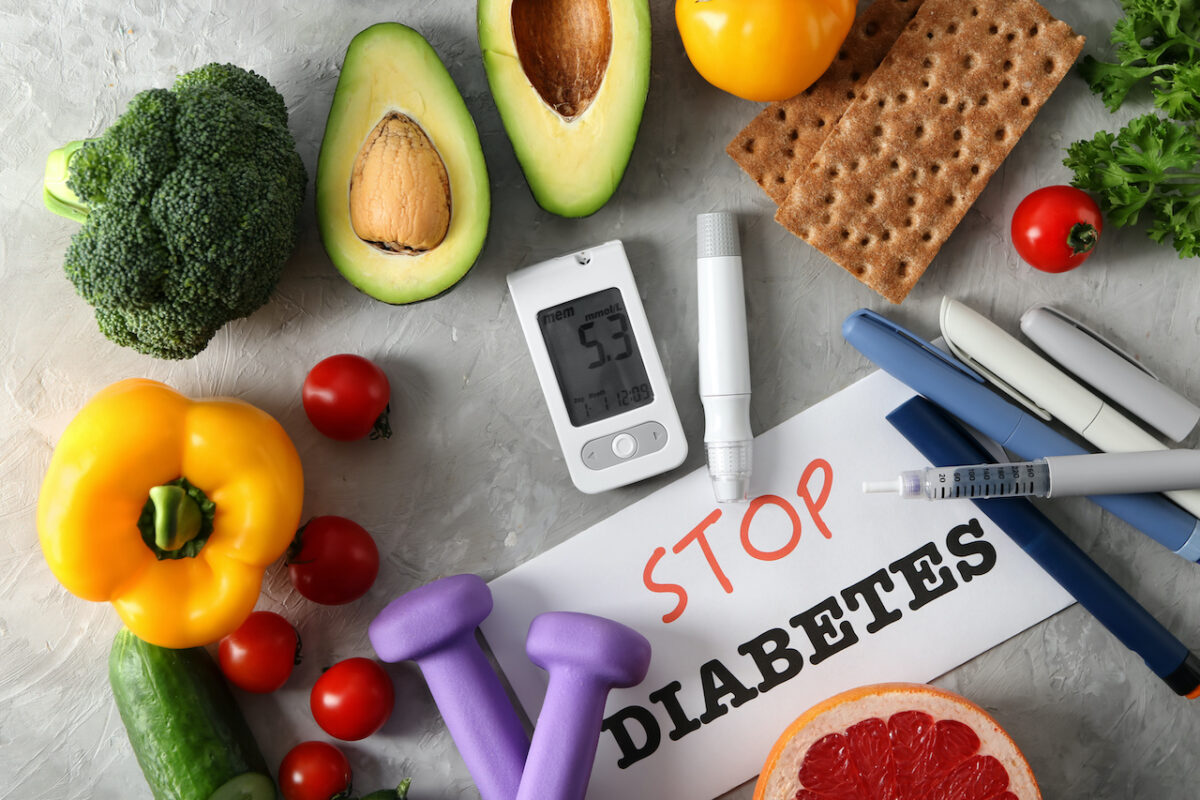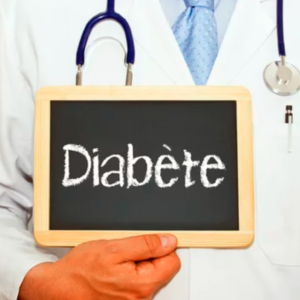Things Everyone Should Know when They Are Newly Diagnosed with Diabetes

What is Diabetes?
Being diagnosed with diabetes can be overwhelming, but being educated on the disease can help manage it as well as relieve some of the worry. There are two types of diabetes, type 1 and type 2. In diabetes type 1, the pancreas does not make insulin, because the body’s immune system attacks the islet cells in the pancreas that make insulin. In diabetes type 2, the pancreas makes less insulin than used to, and your body becomes resistant to insulin. This means your body has insulin, but stops being able to use it. Diabetes type 2 is much more common and is usually diagnosed in adults.
Management
Managing your diabetes and staying compliant with medications is very important. Uncontrolled diabetes can lead to a host of problems such as neuropathy, kidney disease, heart disease, stroke, blindness, and more. These can develop over time without any symptoms, so even if you feel fine it is important to stay on top of your treatment. For both types, to avoid complications you should:
- Follow a healthy eating plan
- Get physical activity
- Control blood pressure and cholesterol
- Stop smoking
- Lose weight if overweight
- Take medication as instructed

Medication
Type 1: Treatment for type 1 diabetes involves insulin injections or the use of an insulin pump, frequent blood sugar checks, and carbohydrate counting. For some people with type 1 diabetes, pancreas transplant or islet cell transplant may be an option
Type 2: Treatment of type 2 diabetes mostly involves lifestyle changes, monitoring of your blood sugar, along with oral diabetes drugs, insulin or both.
When to see the doctor
You should try to see your provider every 3-6 months so they can check your A1C and make sure your blood sugar levels are in line.
However, if you experience any symptoms such as:
- Urinating often
- Feeling thirstier than usual
- Blurred vision
- Nausea
- Vomiting
- Abdominal pain
- A sweet, fruity smell on your breath
- Shortness of breath
- Dry mouth
- Weakness
- Confusion
- Coma
Then you should see your provider right away as this can be a sign of high blood sugar or diabetic ketoacidosis.
Summary:
- Types of diabetes:
- Type 1: Pancreas does not produce insulin.
- Type 2: Pancreas produces less insulin or body resists it.
- Management:
- Follow a healthy diet: Focus on whole foods, limit processed foods.
- Exercise regularly: Aim for 150 minutes/week.
- Control blood pressure and cholesterol.
- Stop smoking.
- Lose weight if overweight.
- Take medication as instructed.
- Treatment:
- Type 1: Insulin injections or pump, blood sugar checks, carb counting.
- Type 2: Lifestyle changes, blood sugar monitoring, oral medications, and/or insulin.
- Doctor visits:
- Schedule appointments every 3-6 months.
- Seek immediate care for high blood sugar symptoms.

This article reviewed by Dr. Jim Liu, MD and Ms. Deb Dooley, APRN.
There’s nothing more important than our good health – that’s our principal capital asset.
#medical #telehealth #umedoc










